For your easier orientation, we have arranged our blankets based on a five-point scale from the roughest to the softest: rustic – classic – soft – very soft – ultra soft.
Wool fineness can be assessed in several ways. Whether or not a blanket feels soft to the touch is largely a subjective feeling. What is pleasant to one person may bother another. And so it is with wool.
If you are one of those who prefer soft materials and would still like a wool blanket, then we recommend focusing on blankets marked as either very soft or ultra soft. Our merino blankets belong to the very soft category. These are really very soft blankets, the softness of which is the most comparable to cotton among all our blankets. All Perelika Merino, Kostadina, Marina, Kaliakra, Ledenika and Rodopa Merino blankets are really soft and you can use them even for small children.
In the category of ultra soft blankets, you will find merino blankets from the Perelika Merino and Marina series, which are even softer than our classic merino blankets. How is it possible? Merino blankets, included in the category of very fine blankets, are made of merino yarn with a wool fiber thickness of 25 microns. Merino blankets in the extra fine category are made of merino with a thickness of only 21 microns. There is a direct correlation between the thickness of the fiber and the softness of the resulting material. The weaker the thread, the softer the blanket. In real terms, this is a similar difference as between cotton and silk.
The other three grades indicate blankets that are made primarily from local Bulgarian wool, which is characterized by a slightly greater fiber thickness (fiber thickness is measured in microns for wool). The thicker the thread, the less fine the wool. Finally, the surface treatment of the blanket also comes into play, which has the ability to soften the blanket to the touch to a level that is only slightly lower than merino blankets. This is the case with our Karandila interior blankets with a combed surface that feels very soft to the touch (defined as soft in our scale).
In general, it can be said that blankets made of fine material or with a softer surface are a bit more delicate. Blankets that can be rated as larger “holders” that can handle even extreme conditions and outdoor use are, logically, a bit rougher (marked as classic and rustic in our offer), but they also become softer with time and use.
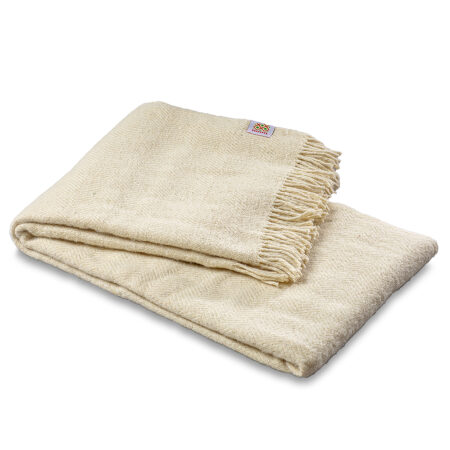

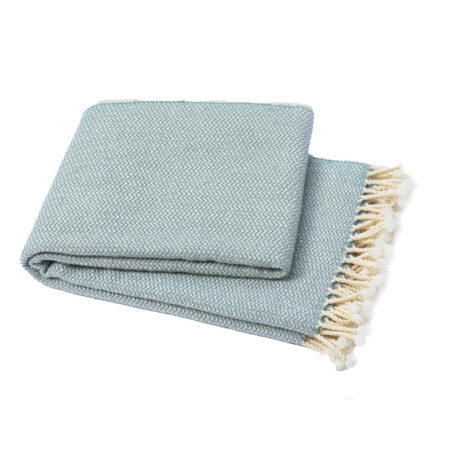
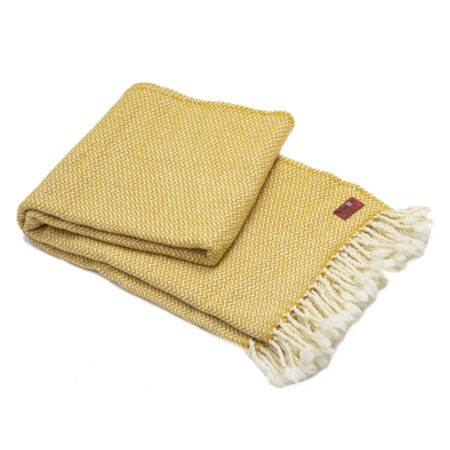
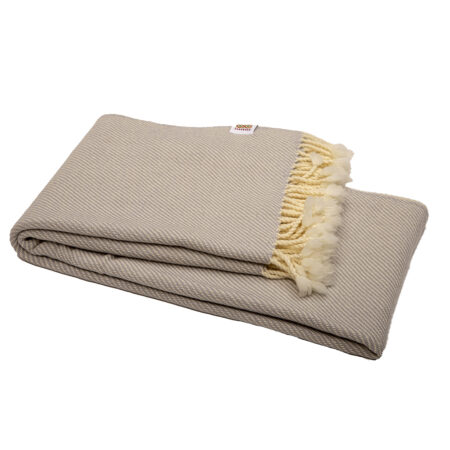

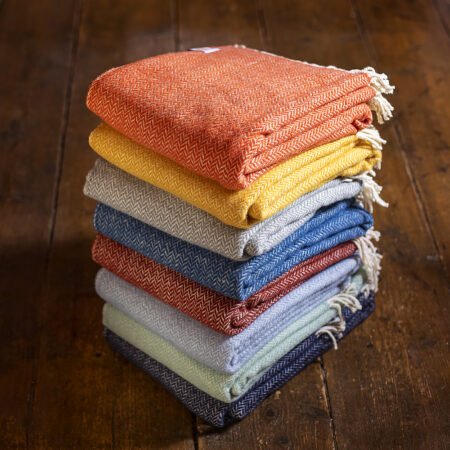


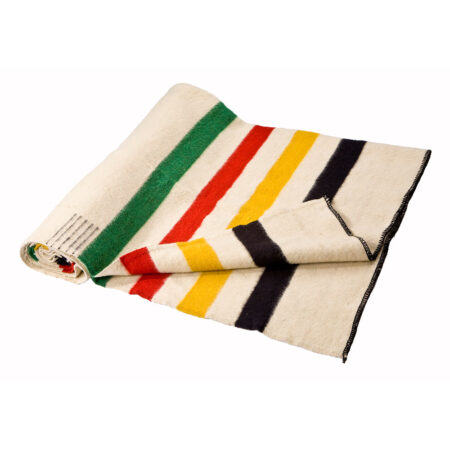

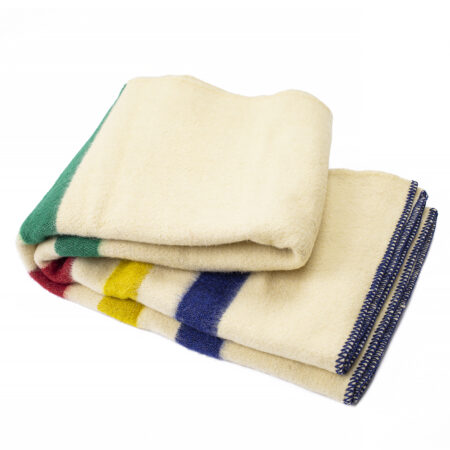
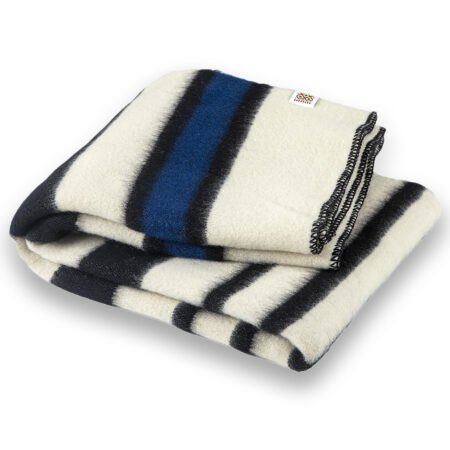
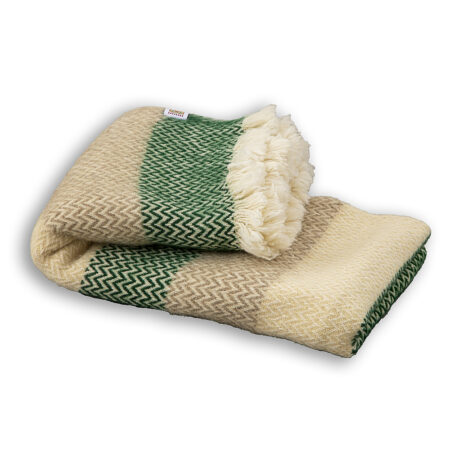

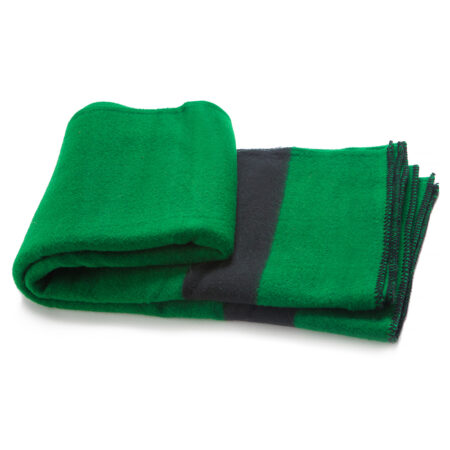
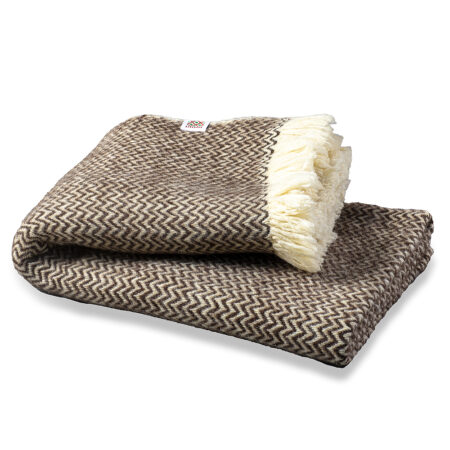
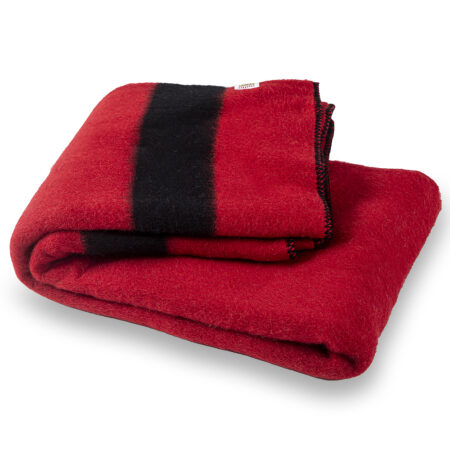
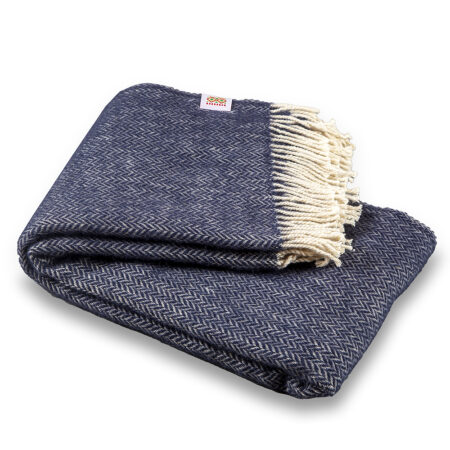
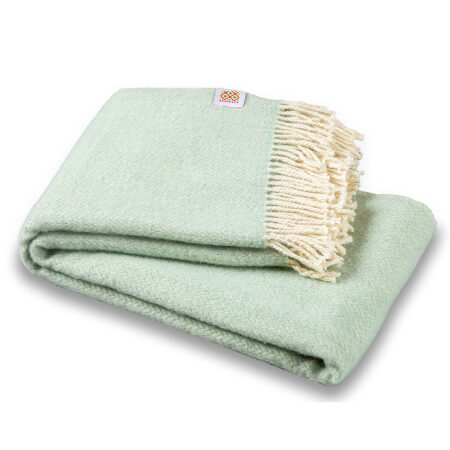
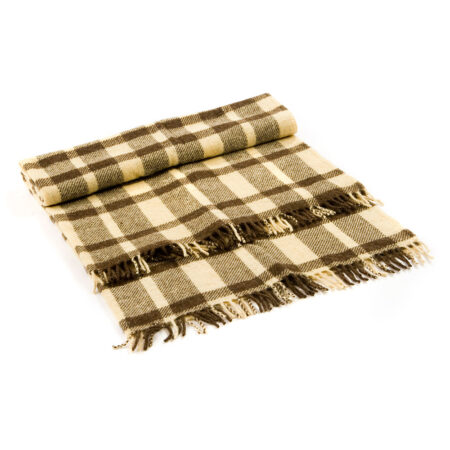




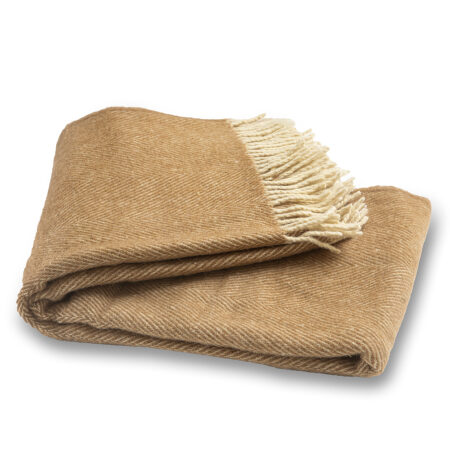
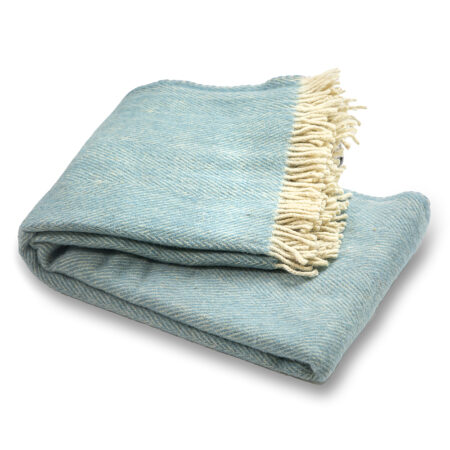


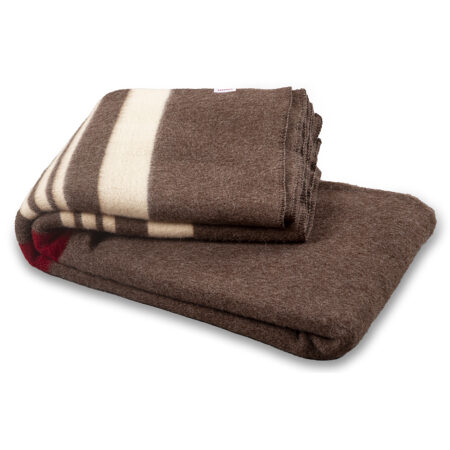
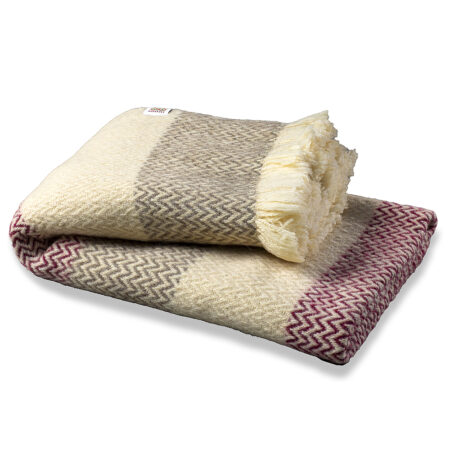

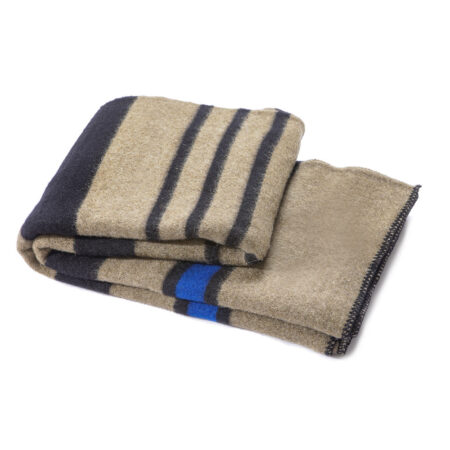

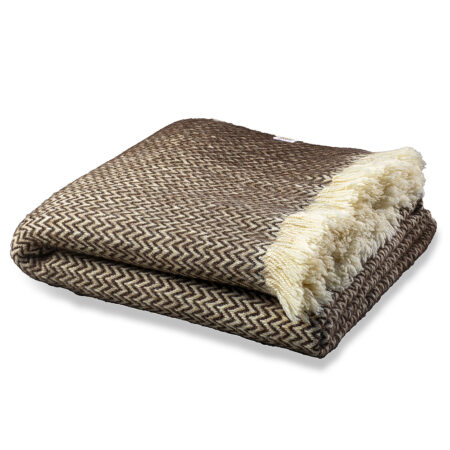
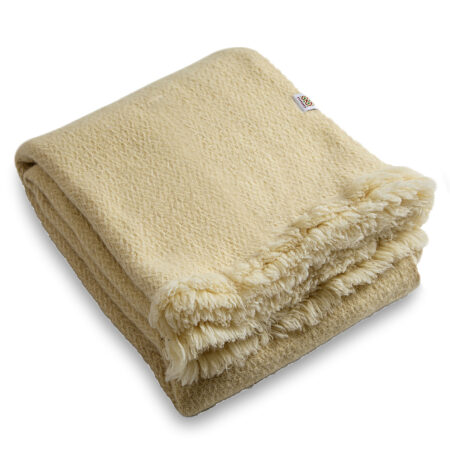
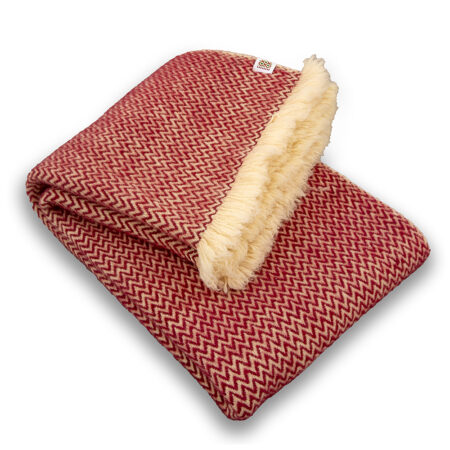

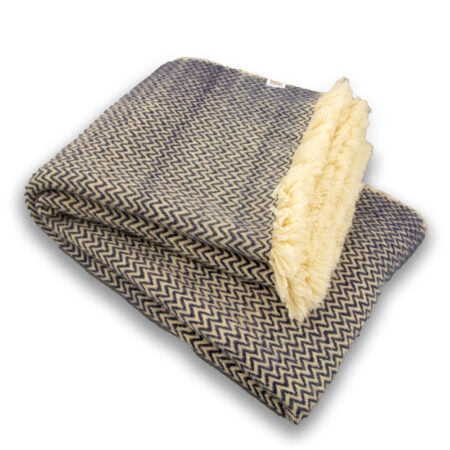


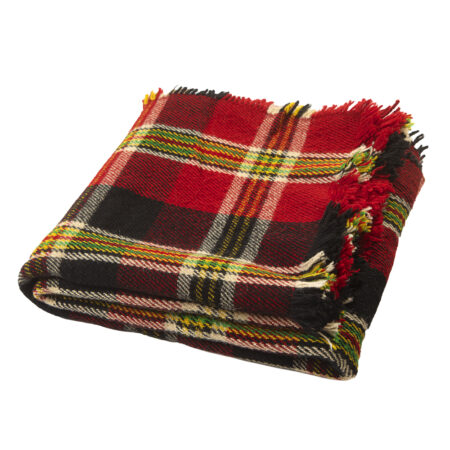
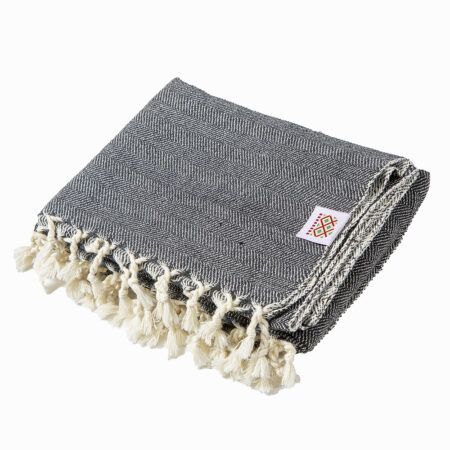

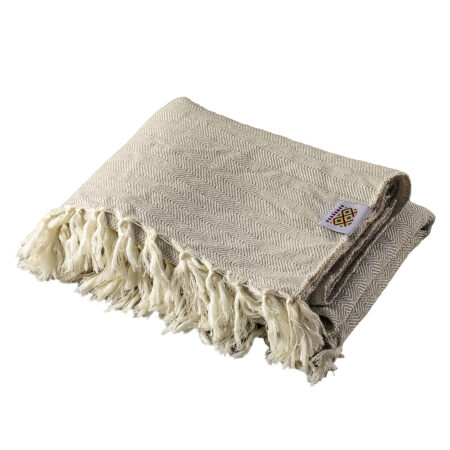

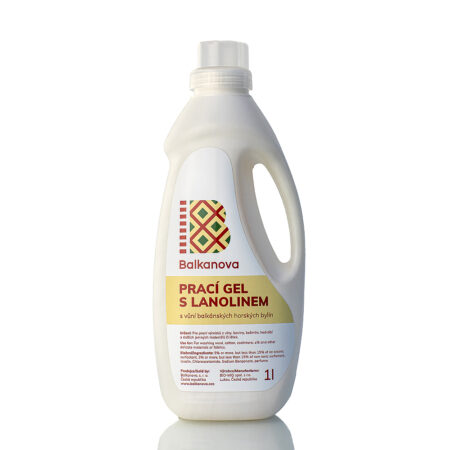

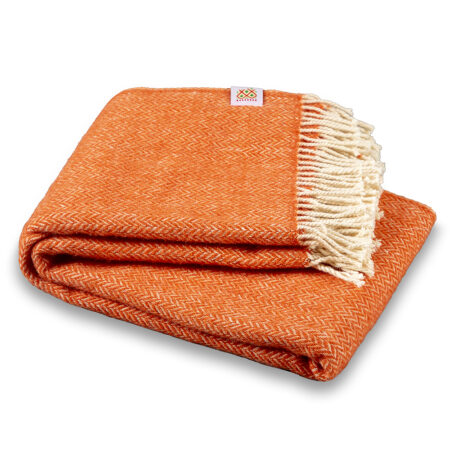
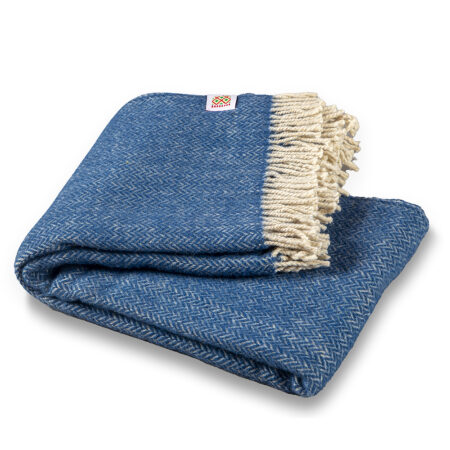
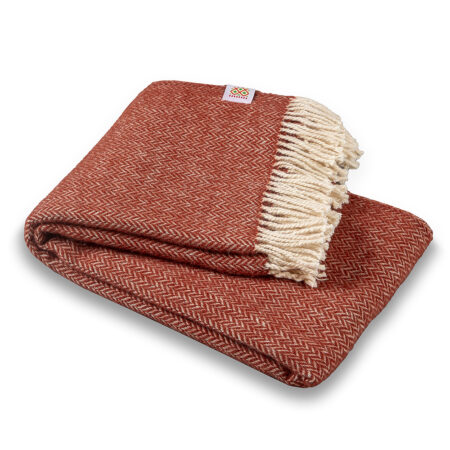
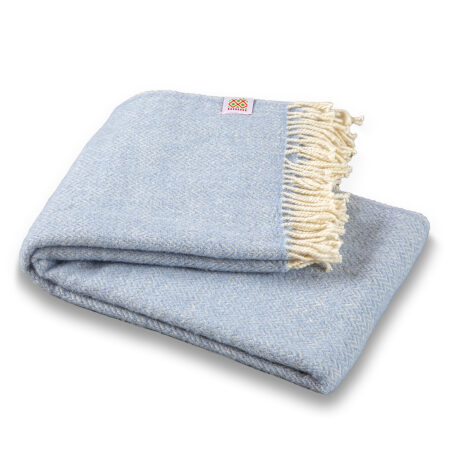
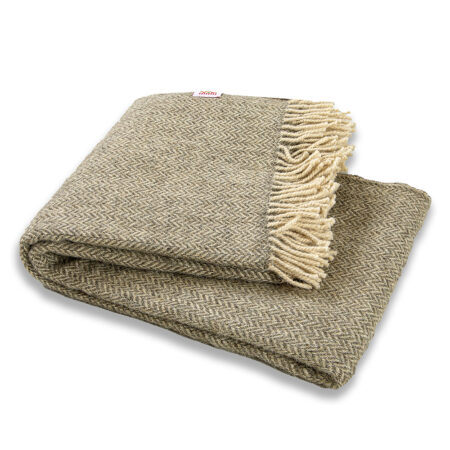
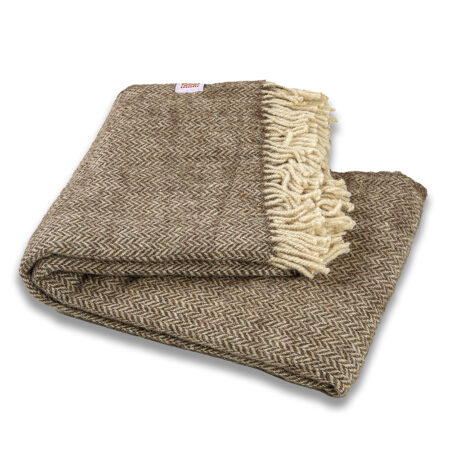
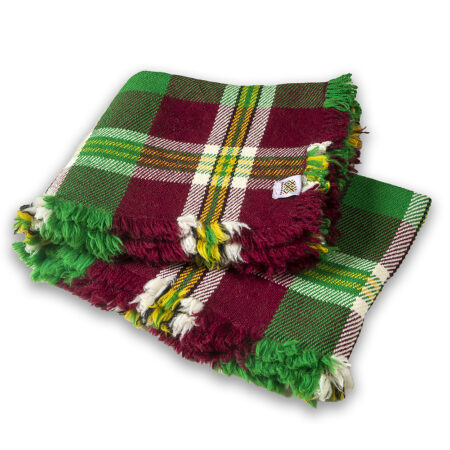

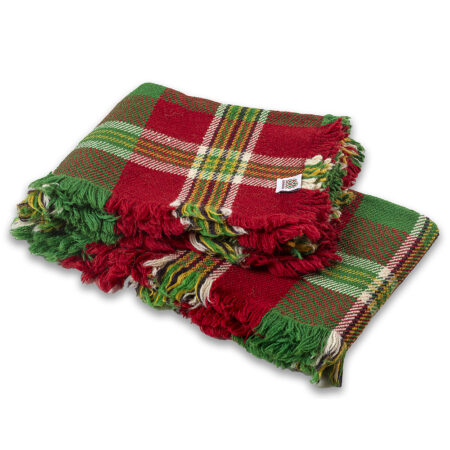
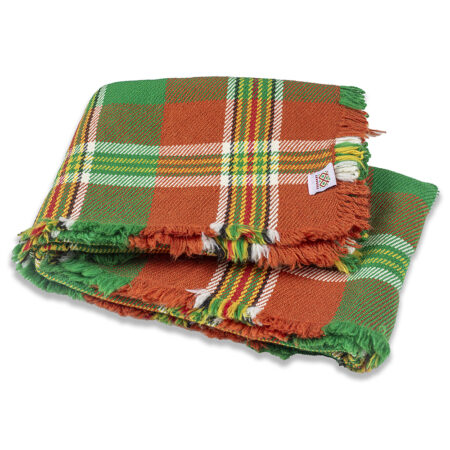

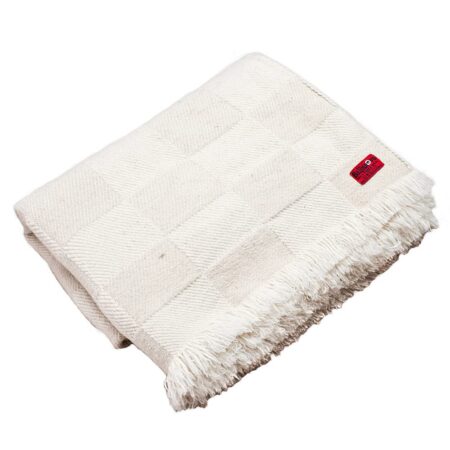
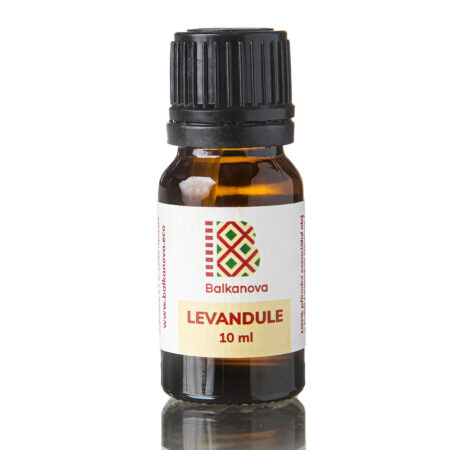
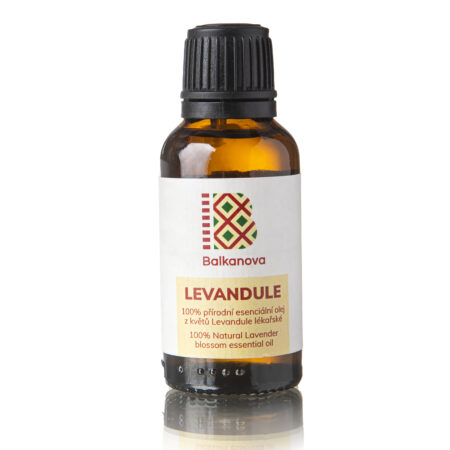
ani (verified owner) –
GOOD
Stephan Krueger (verified owner) –
Sehr gut!
John Palmer (verified owner) –
very nice
mr (verified owner) –
excellent!
next I was born, in 1973 such a bedcover, made in the same factory, was given to me while staying in bulgaria. I kept it my lifelong. Despite moving around often with it, often outdoor, festivals, camping, etc, it did remain in very good condition until recently, it is the most longlasting wool bedcover I ever had. it lasted 45+ years!
It seems to me with those years of experience that the becover likes being outdoor now and then in fact. It seems wool, as hairs, doesn’t like being too dry, it would become brittle or turn into dust. With being outside in the spring or autumn, in a meadow or a garden with a few humidity, then it becomes softer, better robust, it’s almost improving.
thanks balkanova I now have another one. Since I now know it matter 2 or 3 for one life : )